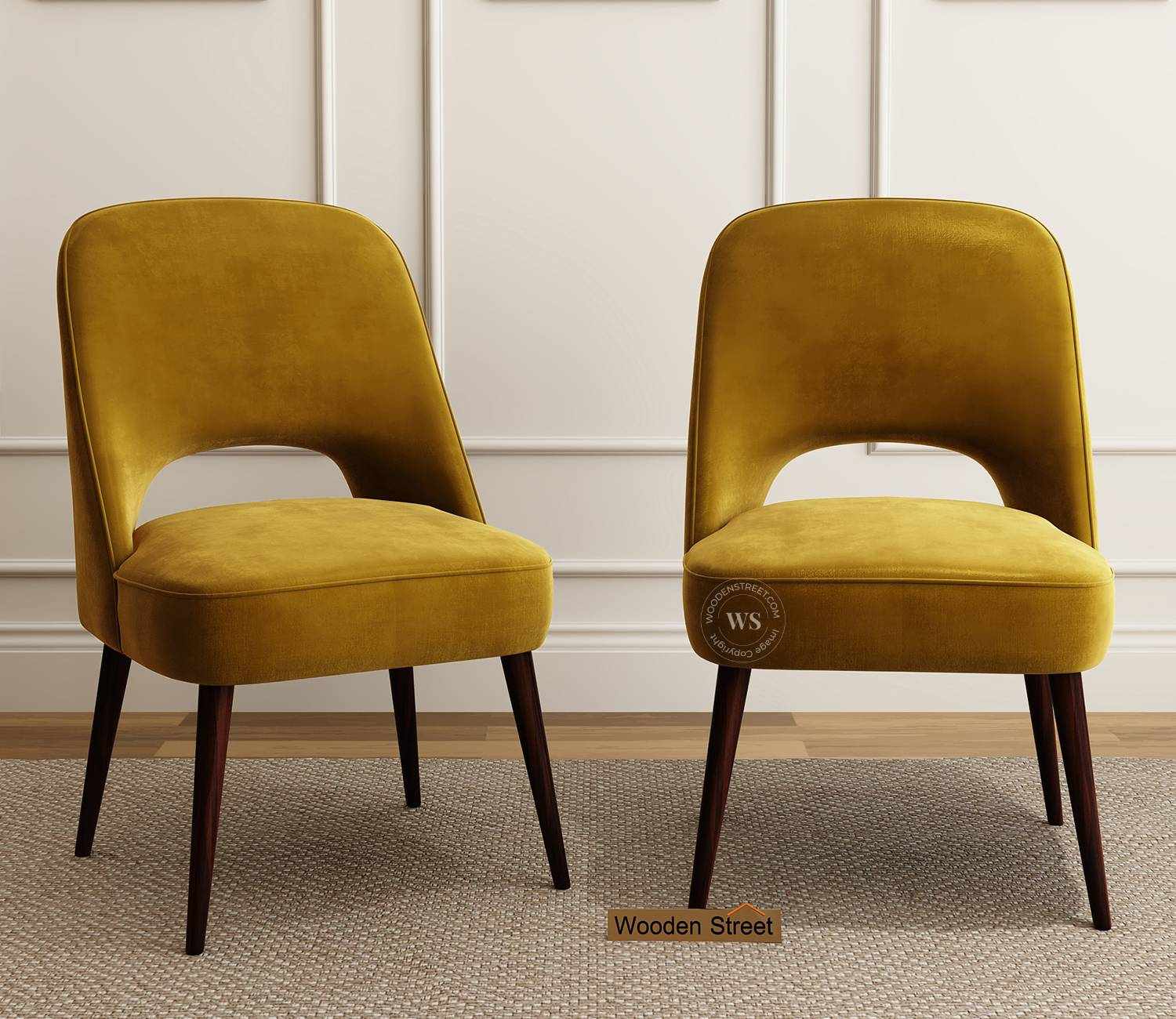
In today’s fast-paced work environment, professionals often spend long hours seated at their desks. Whether working from home or in a traditional office setup, the importance of choosing the right office chair cannot be overstated. A well-designed chair not only improves comfort but also enhances productivity, reduces fatigue, and helps prevent chronic back or neck pain. This article explores the key features to consider and highlights the best types of office chairs for extended working hours.
Ergonomics: The Foundation of Comfort
The most crucial factor when selecting an office chair for prolonged use is ergonomics. An ergonomic chair is designed to support the natural posture of the body, reducing strain on muscles and joints. Features such as adjustable seat height, lumbar support, armrests, and reclining capabilities contribute to proper body alignment, minimizing the risk of musculoskeletal issues.
Key Features to Look For
When shopping for an office chair suited for long working hours, ensure it includes the following:
Adjustable Seat Height: Allows users to keep feet flat on the floor and thighs parallel to the ground.
Lumbar Support: Essential for supporting the lower back and maintaining spinal curvature.
Breathable Material: Mesh backrests promote airflow, keeping the user cool and comfortable.
Tilt Mechanism & Recline Function: Enables changes in posture and supports occasional leaning back to relieve spinal pressure.
Padded Seat with Waterfall Edge: Reduces pressure on thighs and improves circulation.
Swivel Base and Casters: Offers mobility and easy access to various parts of the workstation without strain.
Office Chair Options for Extended Use
a. Ergonomic Mesh Chairs
These chairs are known for their breathability and support. Most high-quality mesh chairs feature adjustable lumbar support and synchronized tilt functions, making them ideal for 8+ hour workdays.
b. Executive Office Chairs
Executive chairs provide a luxurious seating experience with padded backrests, headrests, and armrests. They often come with leather or faux leather upholstery and are perfect for those who prioritize both comfort and aesthetics.
c. High-Back Chairs with Neck Support
Ideal for individuals who experience neck stiffness, high-back chairs provide added support to the upper back and neck. Look for models with adjustable headrests for customized comfort.
d. Kneeling Chairs and Saddle Stools
For professionals seeking alternative seating options, ergonomic kneeling chairs or saddle stools promote active sitting and help maintain a more natural posture, reducing spinal compression.
Recommended Usage Tips
Even with the best office chair, sitting continuously for long hours is not advisable. Incorporate the following habits:
Take short breaks every 30–60 minutes to stretch or walk.
Adjust the chair and desk height to ensure a neutral posture.
Use a footrest if needed to maintain proper leg positioning.
Regularly check and readjust lumbar and arm support to prevent slouching.
Conclusion
Choosing the right office chair is an investment in your health and work efficiency. Ergonomic mesh chairs and high-back executive models are among the best choices for long working hours, offering a balance of support, flexibility, and comfort. Prioritizing ergonomics and adjusting your workstation to suit your body can drastically improve your workday experience. Ultimately, the best chair is one that supports your body, encourages movement, and allows you to stay focused and comfortable throughout the day.







Write a comment ...